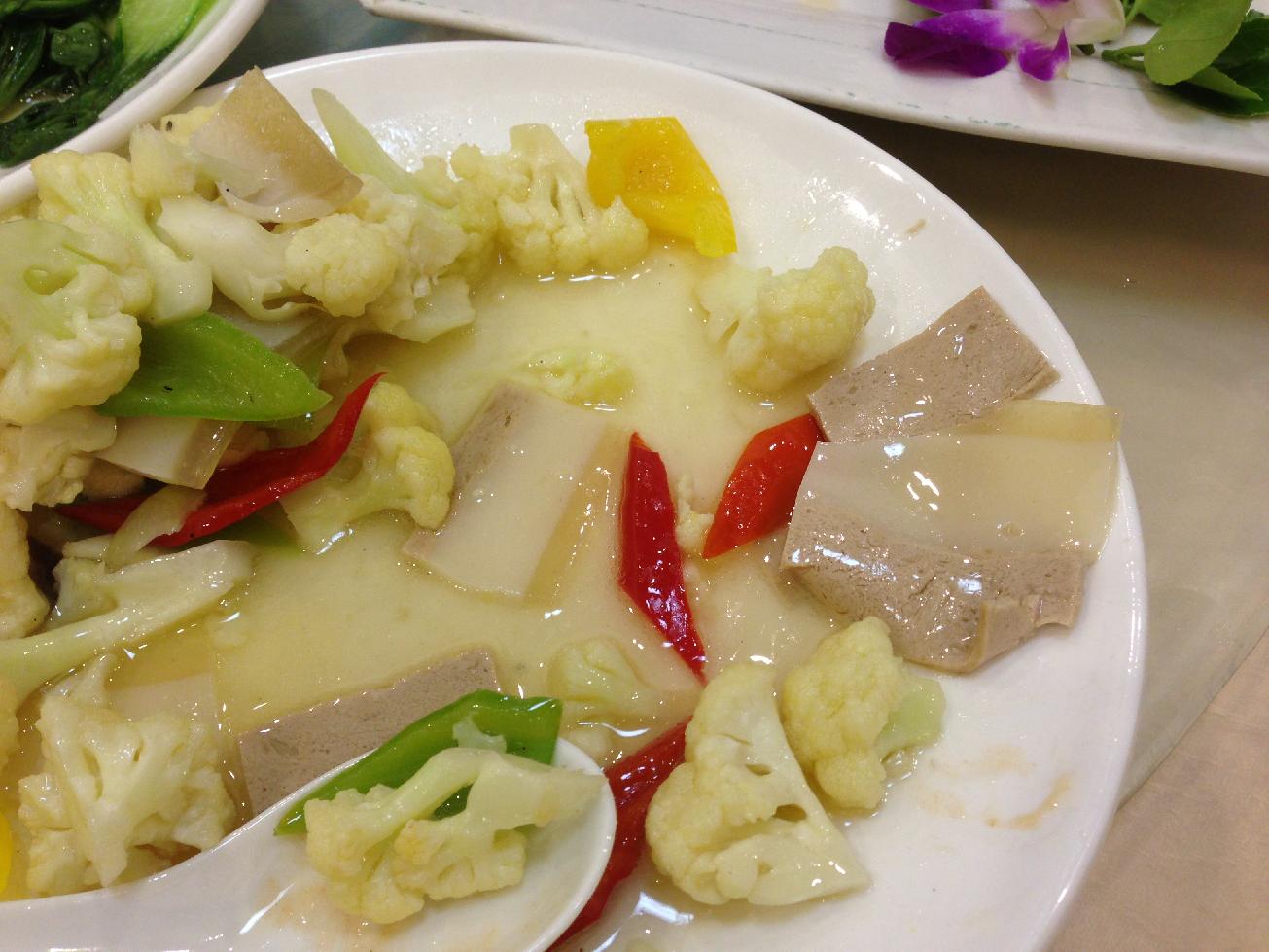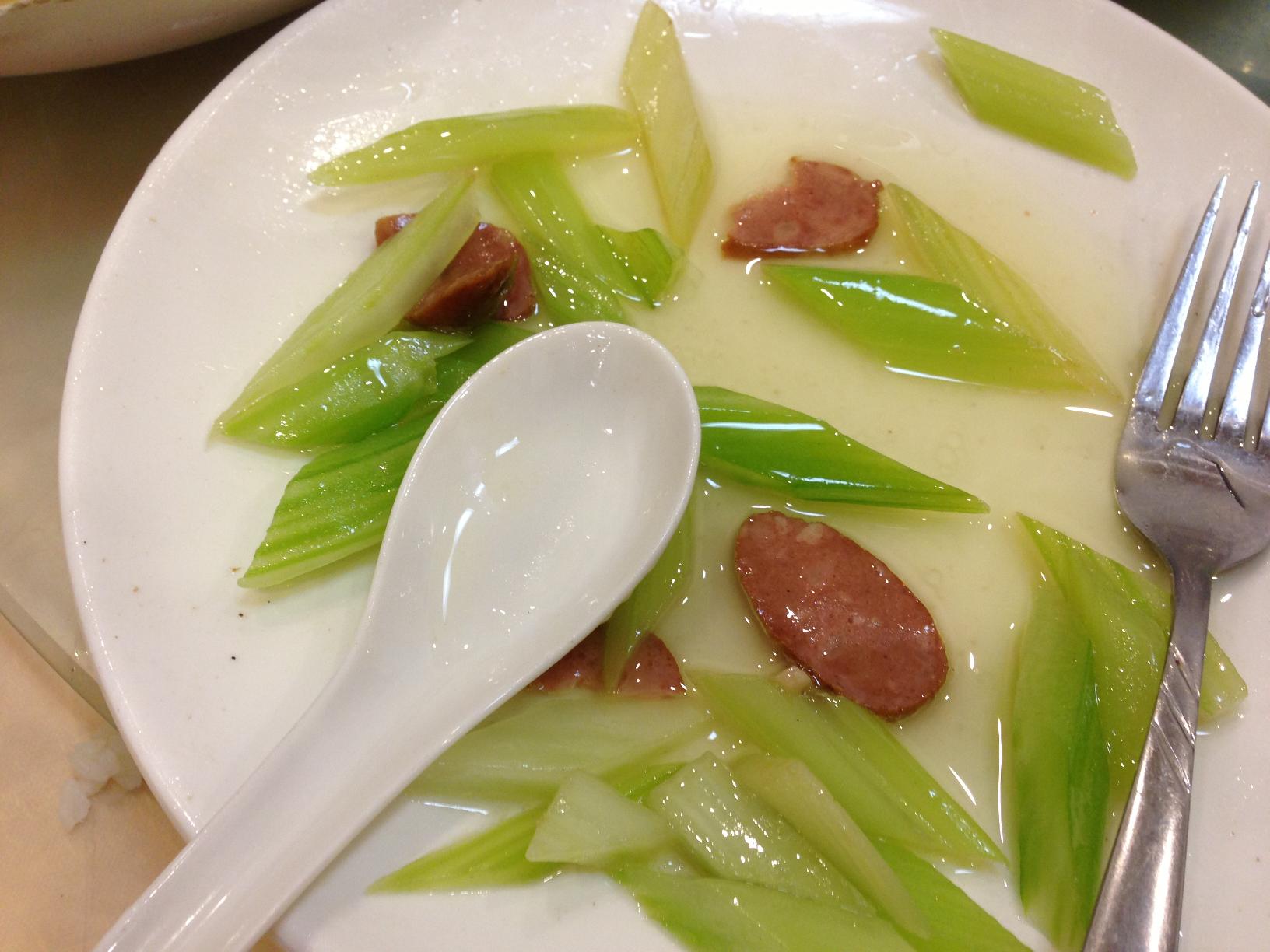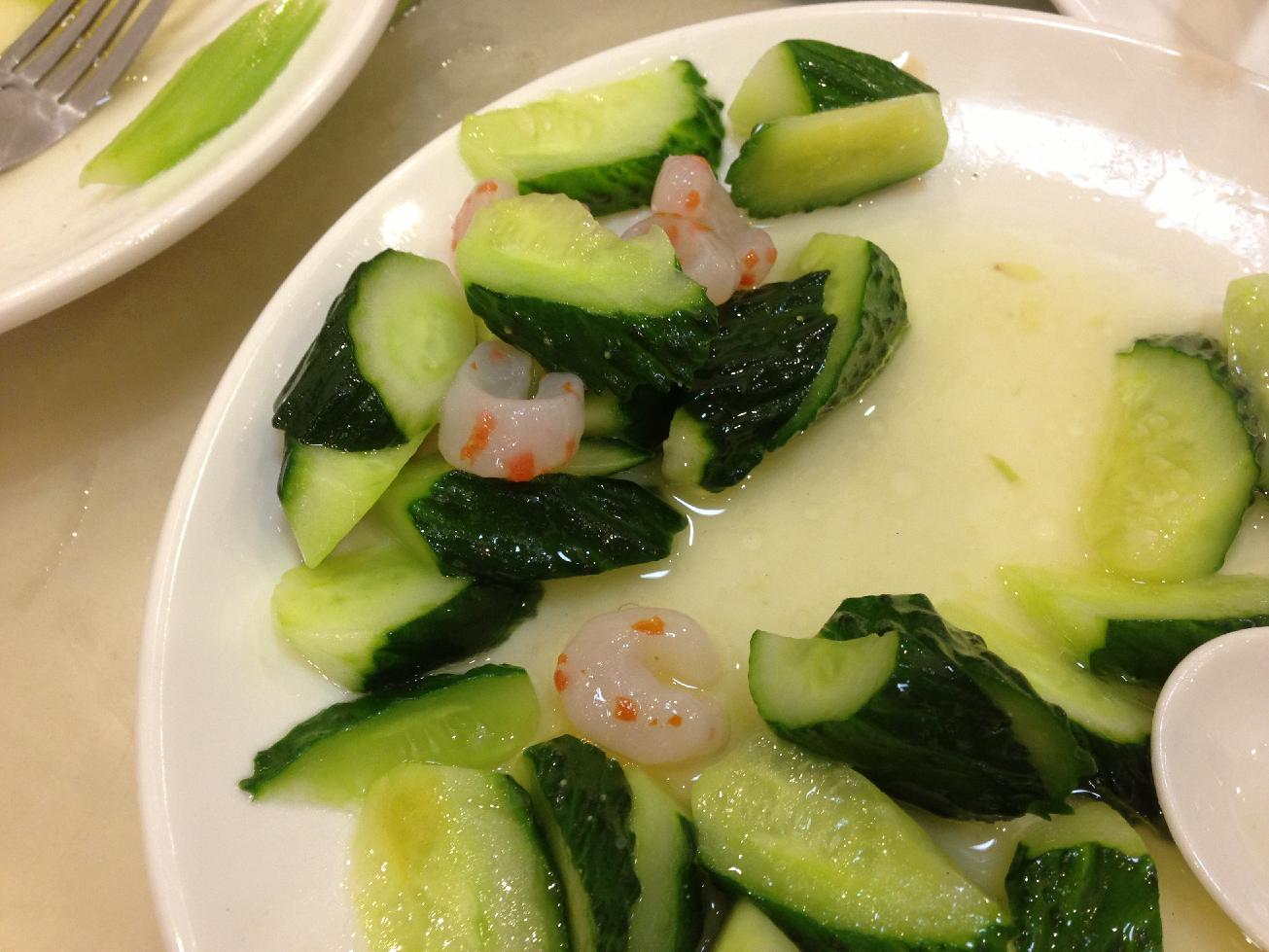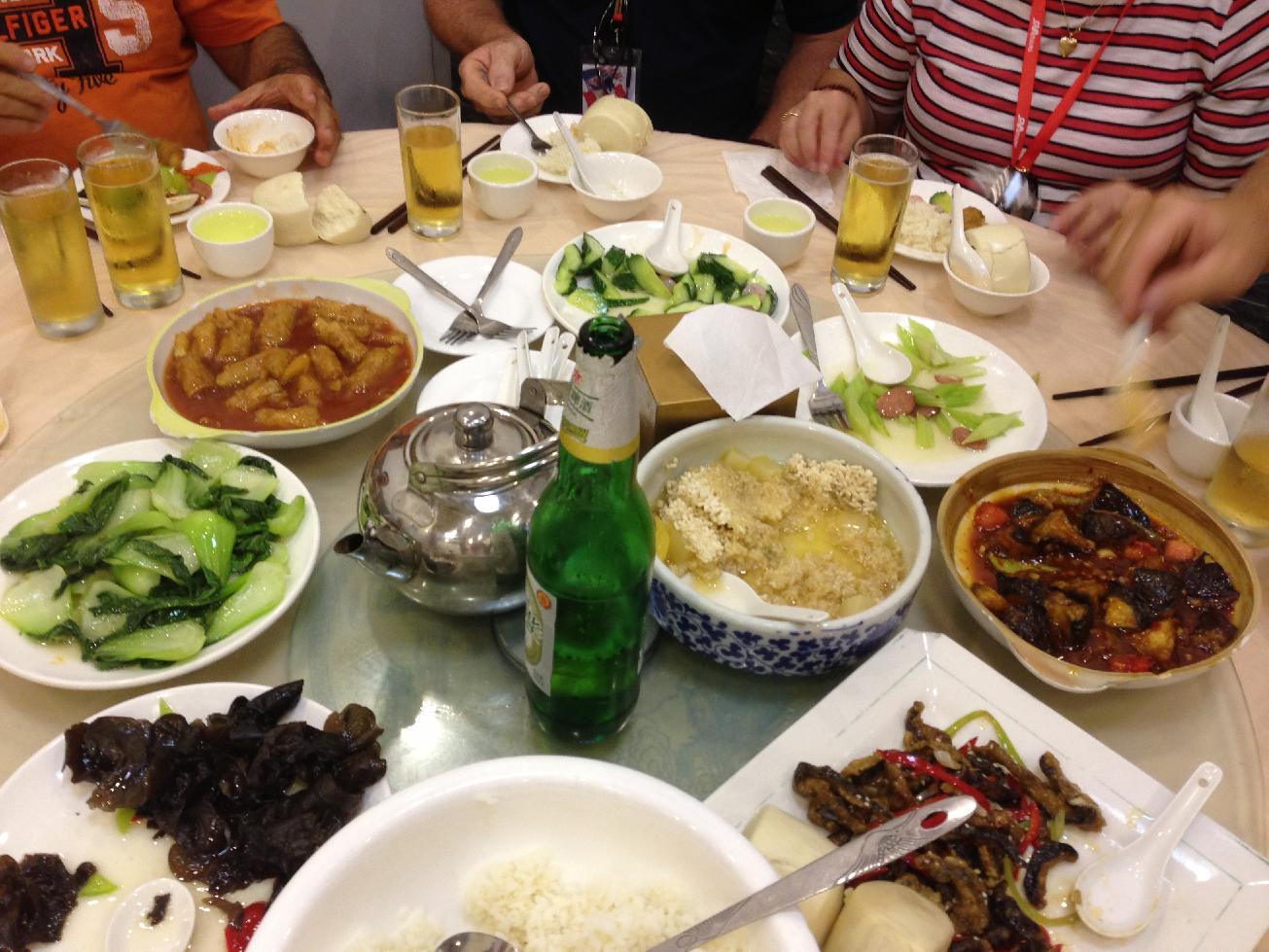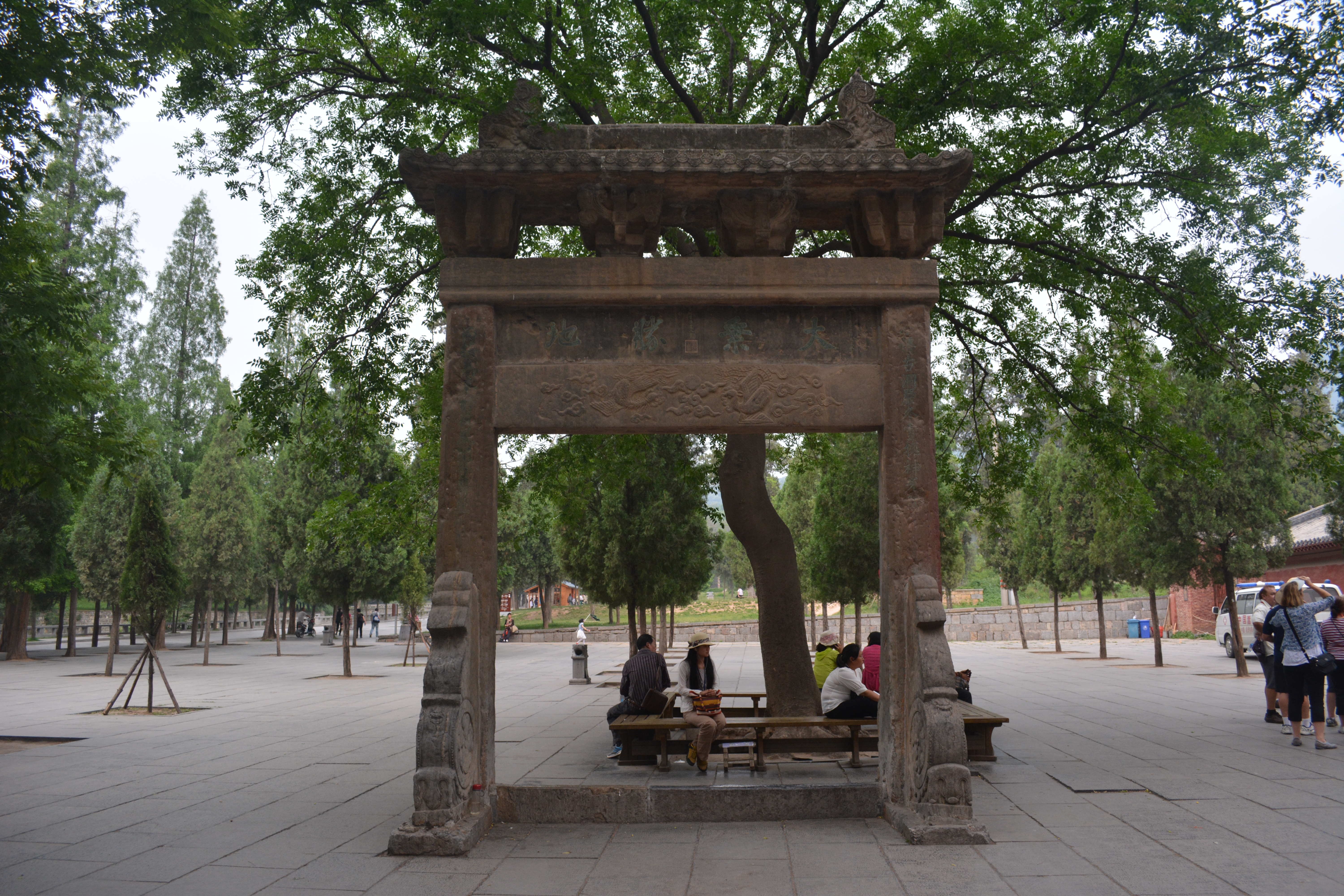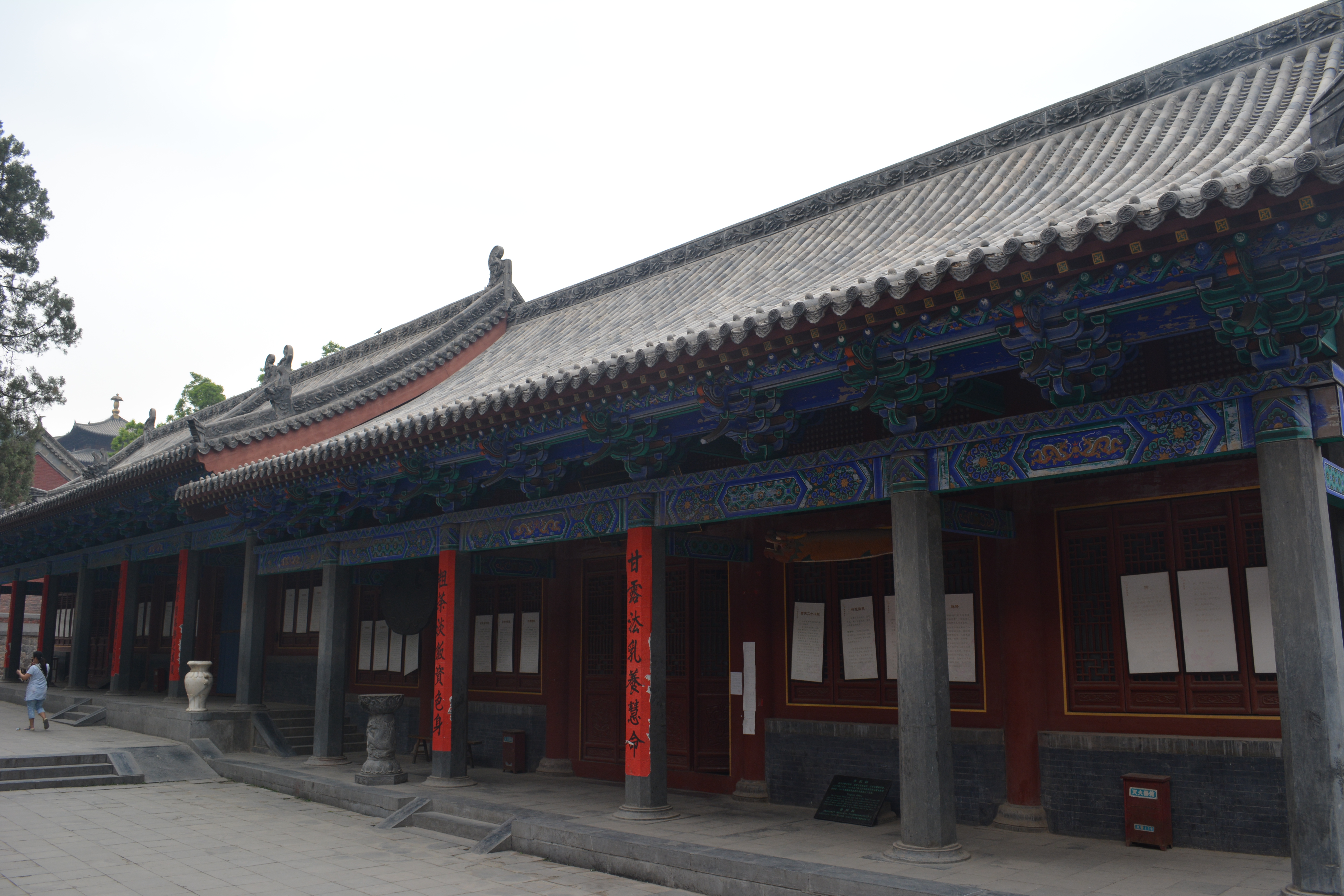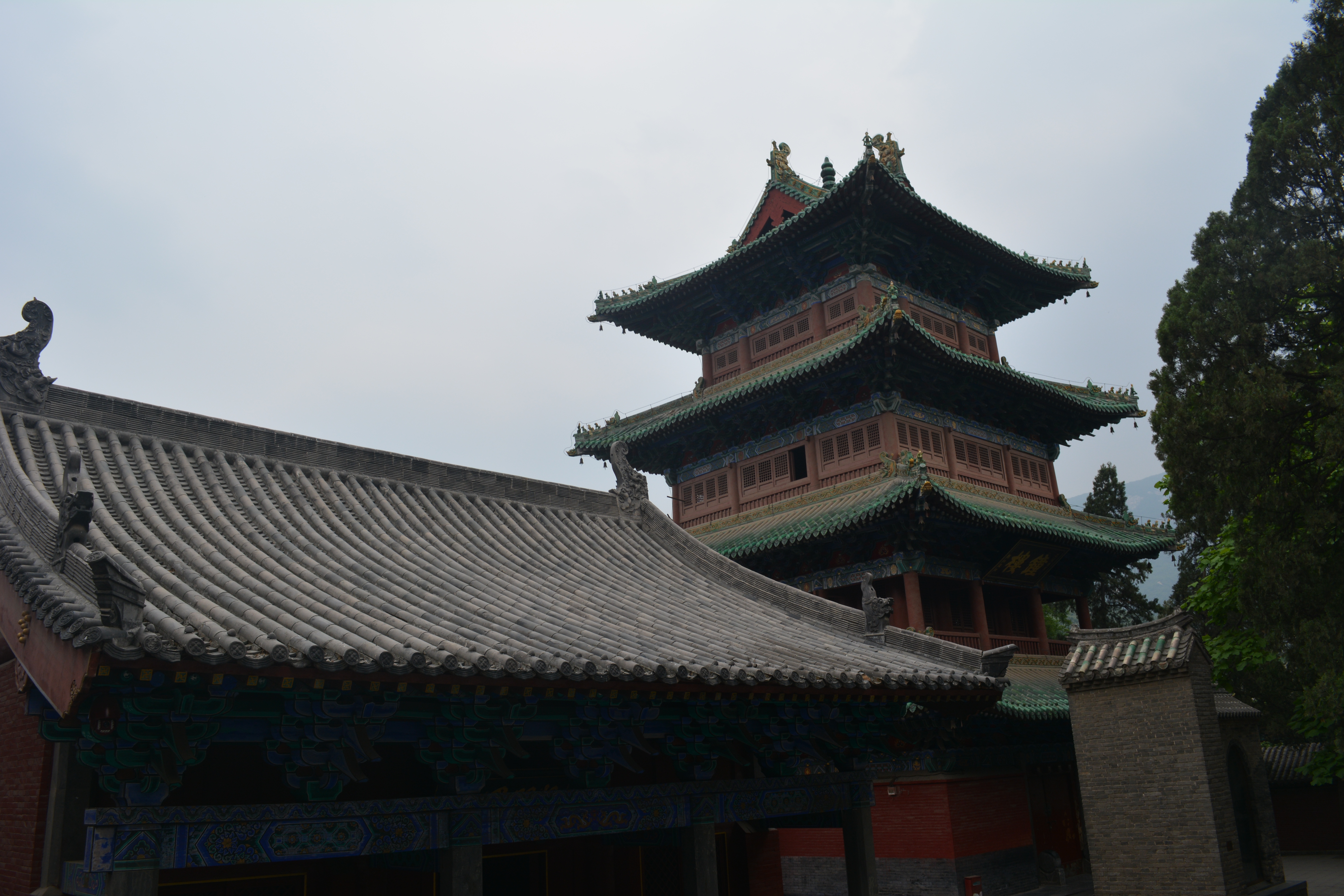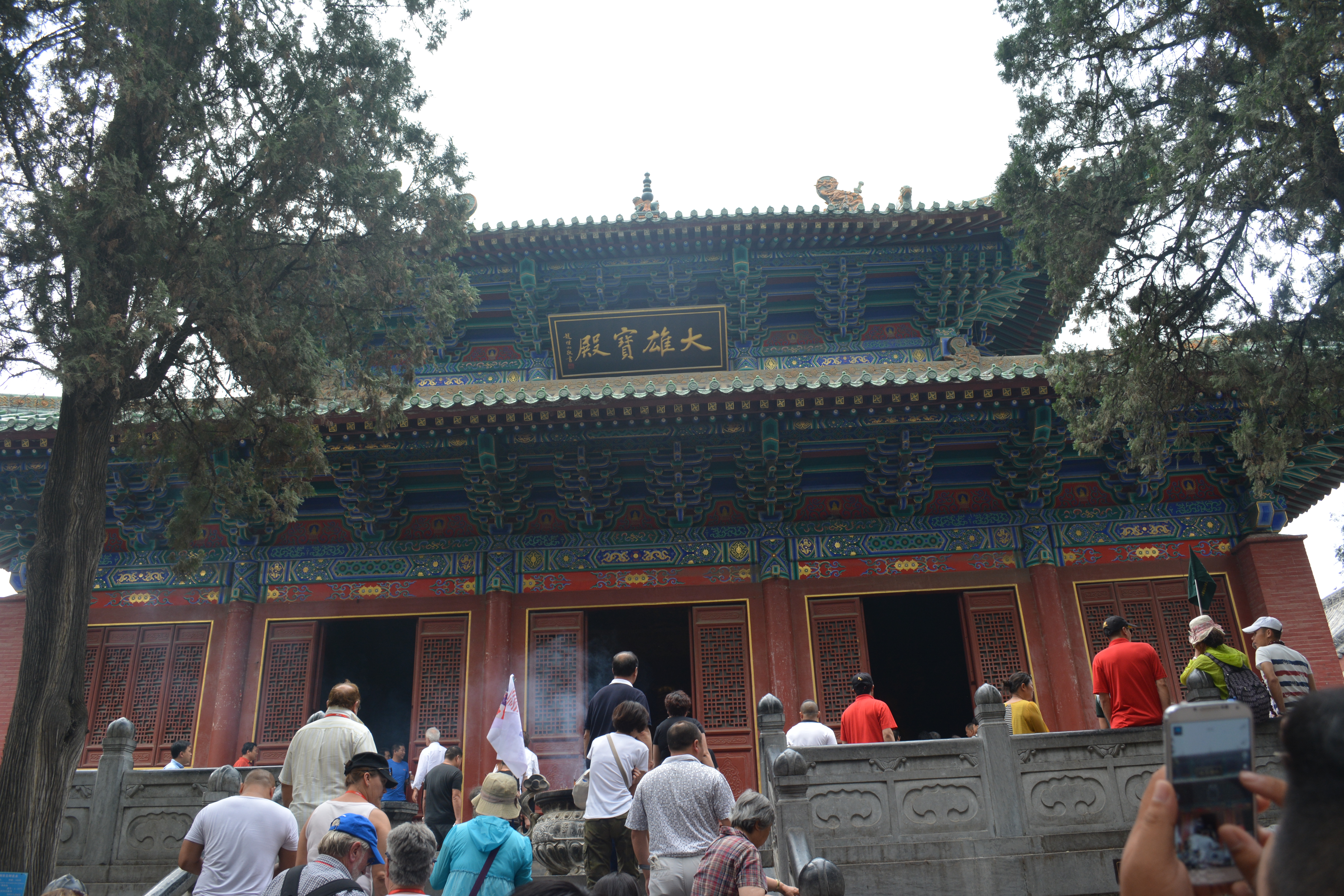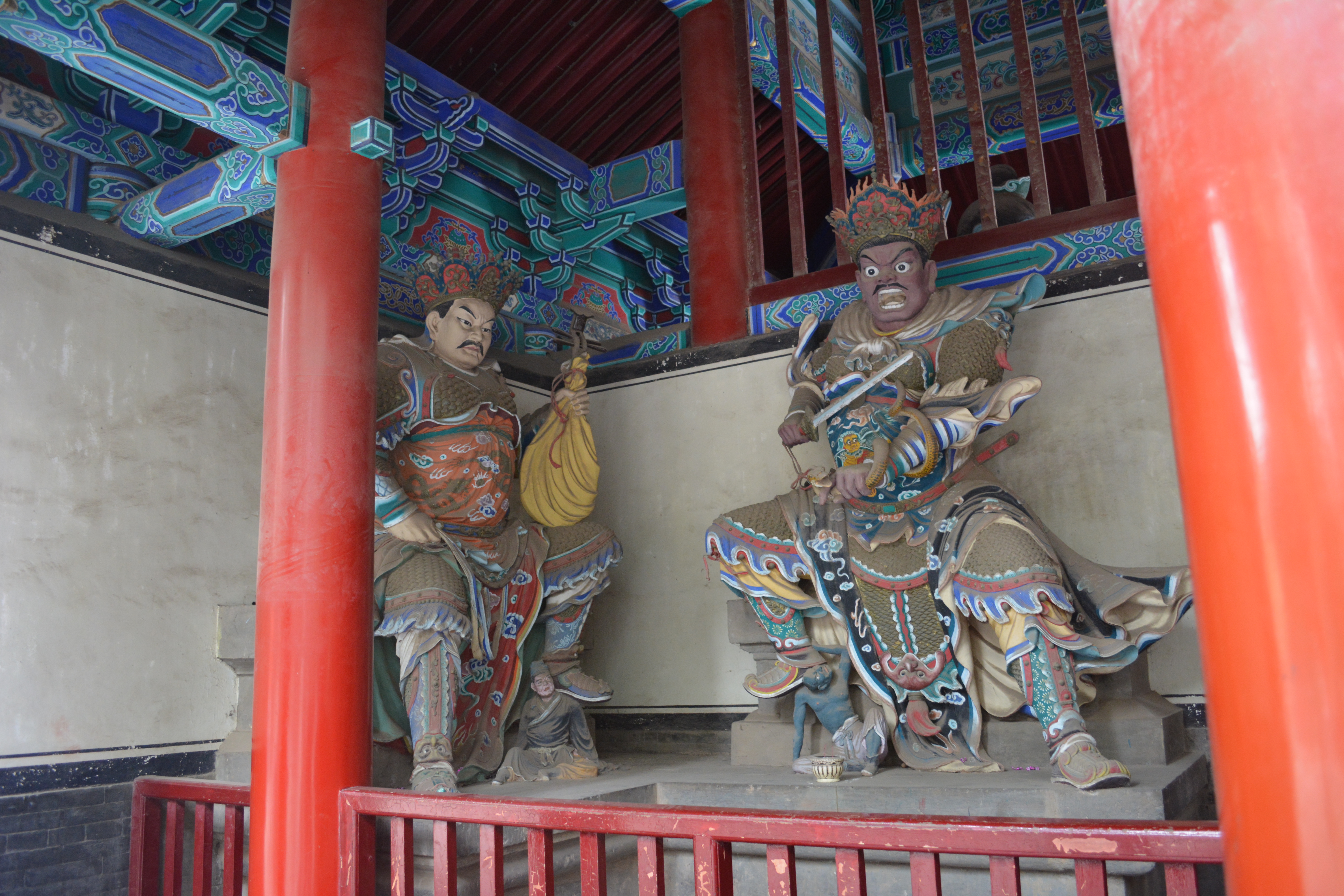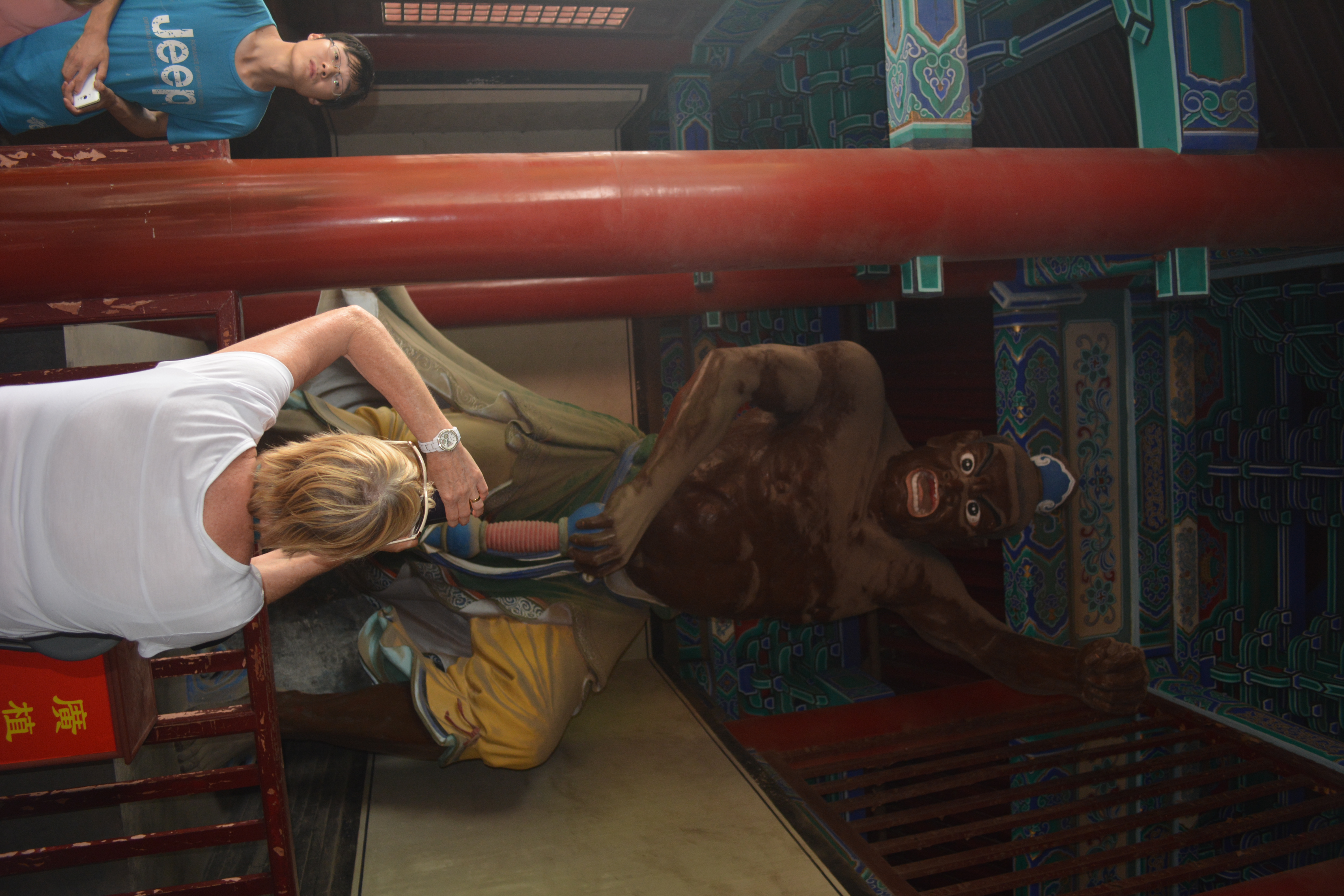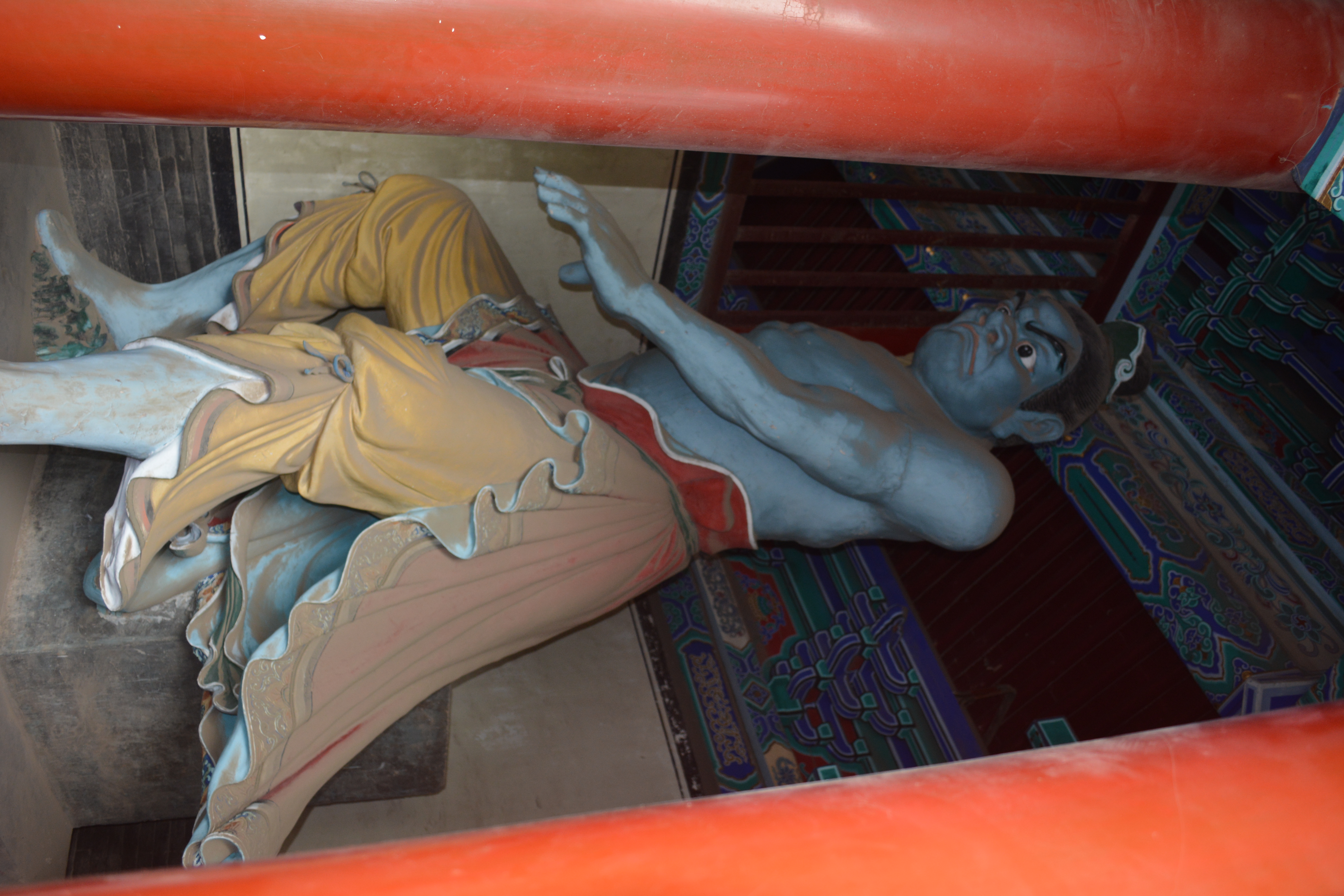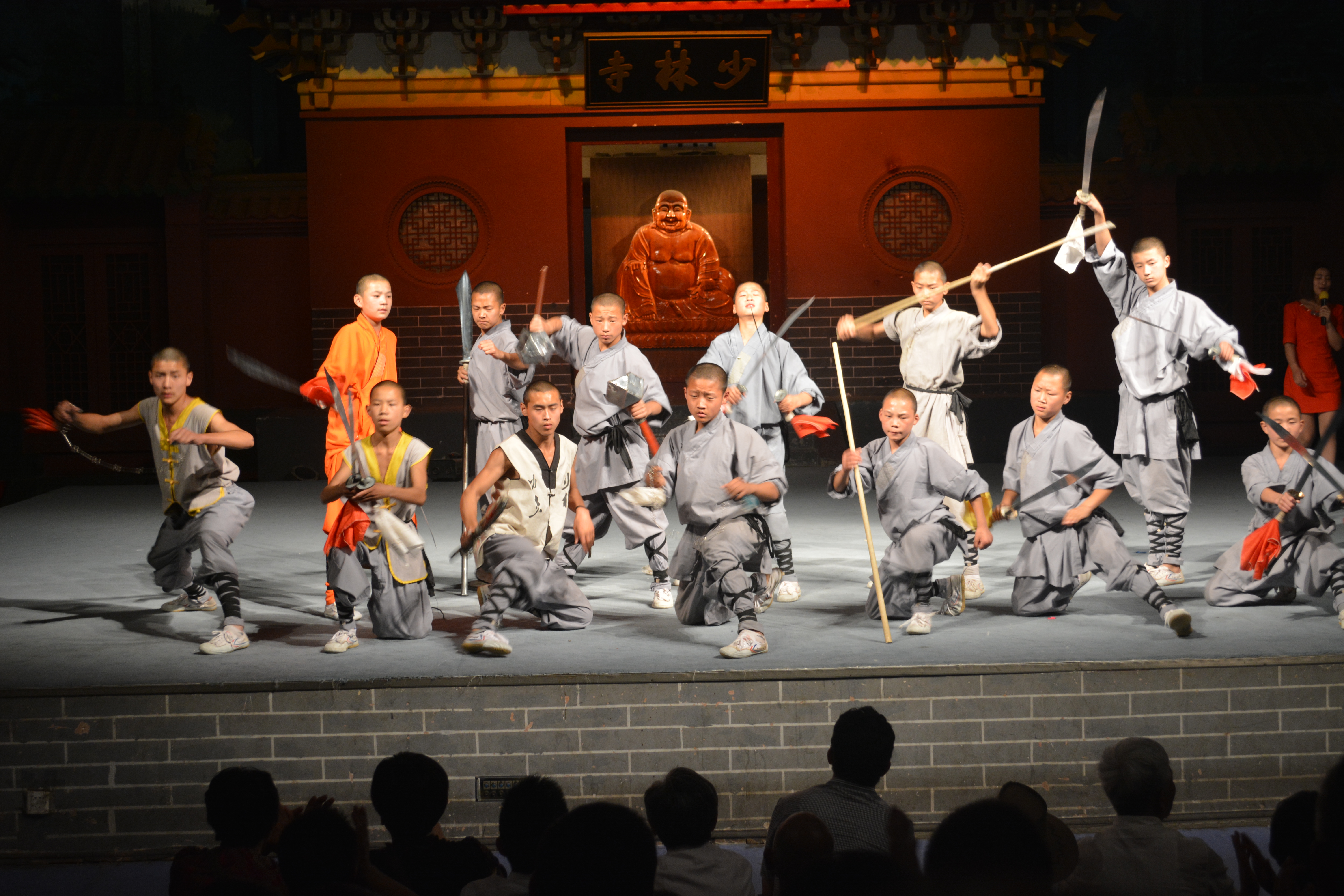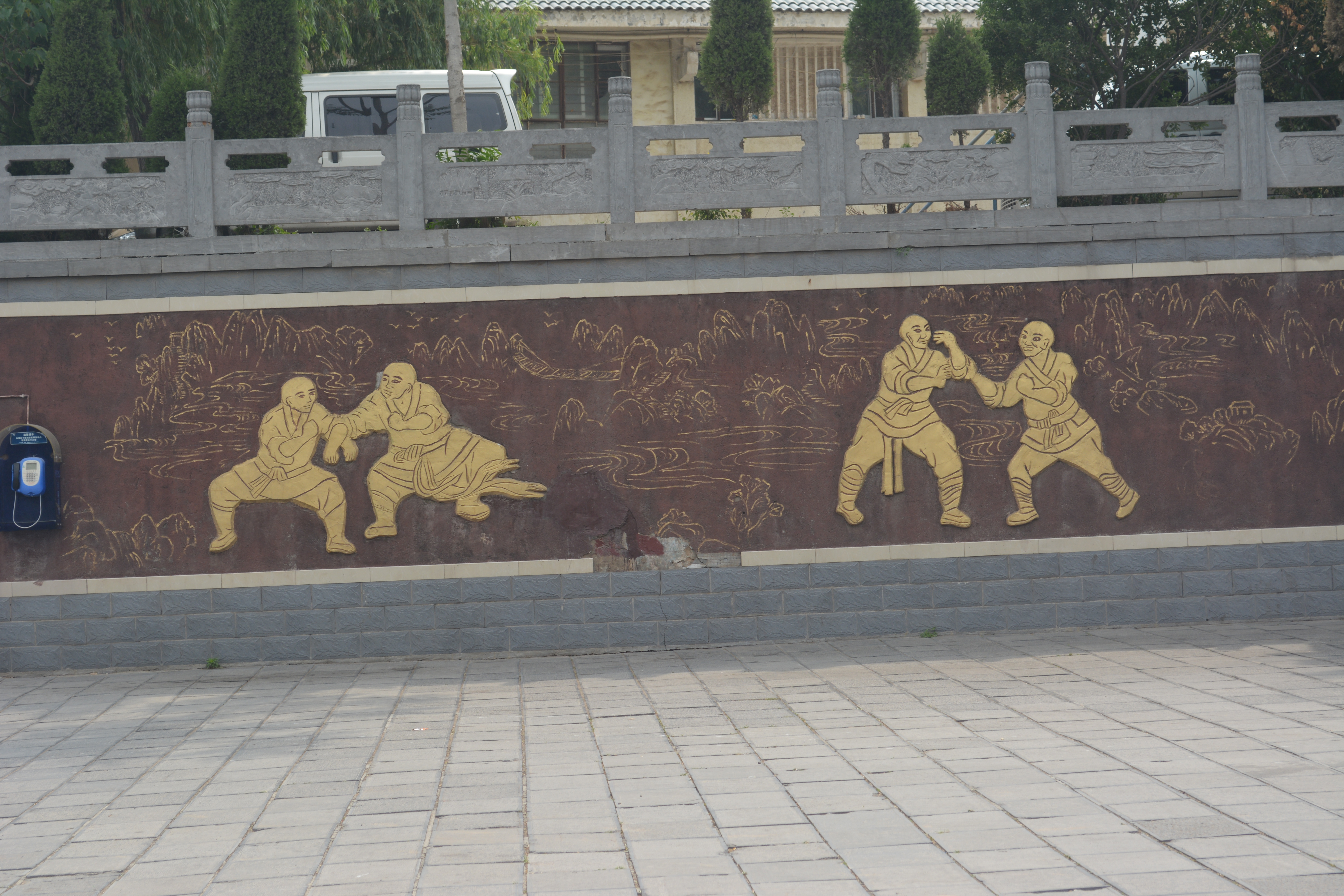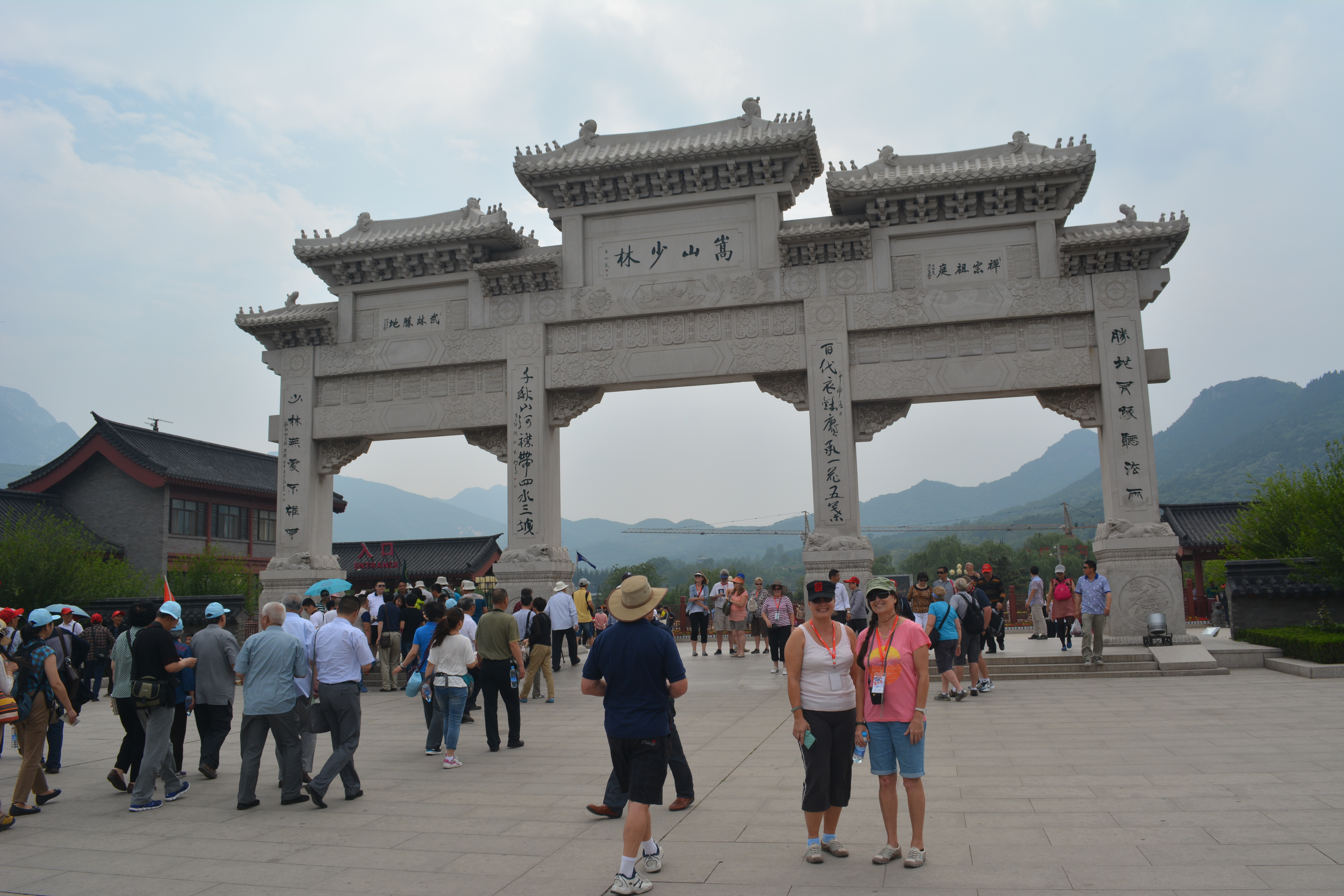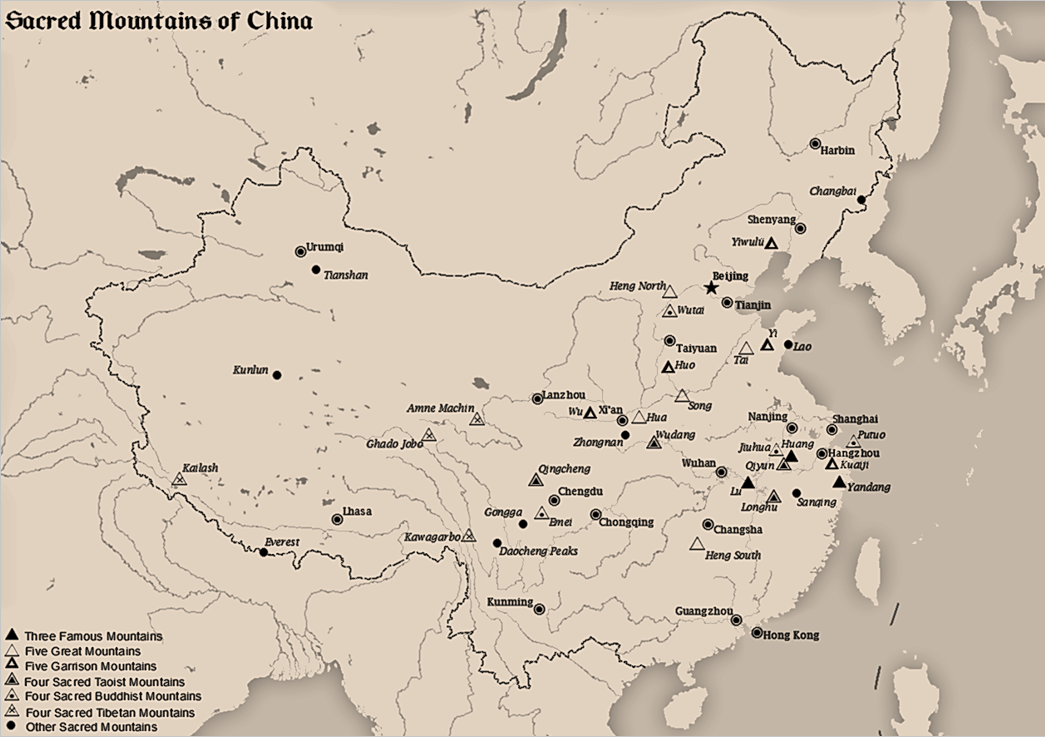
AsianOverland.net
Tour Guide - Itinerary
Asian Overland Sydney to London
Started 22/06/2022 Finished 21/06/2023365 Days ITINERARY
Day 77 date 06/09/2022LUOYANG to SHAOLIN TEMPLE, HENAN, CHINA
ASIANOVERLAND.NET SYDNEY TO LONDON DAY 77: LUOYANG TO SHAOLIN TEMPLE, HENAN, CHINA
Shaolin Monastery, or Shaolin Temple, is the birthplace of Chan Buddhism and the cradle of Shaolin Kung Fu. It is at the foot of Wuru Peak of the Songshan mountain range in Henan Province.
Mount Song was prominent among Chinese sacred mountains from the 1st century BC, when it was proclaimed one of the Five Holy Peaks. It is forty-eight kilometers southeast of Luoyang and seventy-two kilometers southwest of Zhengzhou, the modern capital of Henan Province.
Shaolin Monastery was built on Mount Song by Emperor Xiaowen of the Northern Wei dynasty in AD 477, to accommodate the Indian teacher Batuo, a dhyāna master who came to China to spread Buddhist teachings near the capital Luoyang. Batuo had enjoyed Emperor Xiaowen's sponsorship ever since he arrived in China via the Silk Road.
Thanks to Batuo, Shaolin became an important centre for the study and translation of original Buddhist scriptures. It also became a meeting place for Buddhist masters and Shaolin kung fu. As the first Shaolin abbot, Batuo devoted himself to translating Buddhist scriptures and preaching to his followers.
In 527, Bodhidharma, the 28th patriarch of Mahayana Buddhism in India, arrived at the Shaolin Temple. He spent nine years meditating in a cave of the Wuru Peak and initiated the Chinese Chan tradition at the Shaolin Temple. Thereafter, Bodhidharma was regarded as the first patriarch of Chan Buddhism.
The Temple's historical architectural complex has been inscribed in the UNESCO World Heritage List. Apart from its contribution to the development of Chinese Buddhism, the temple is famous for its historical, cultural and artistic heritage, and martial arts tradition. Shaolin monks have been devoted to continuous development and perfecting of Shaolin kung fu.
The main pillars of Shaolin culture are Chan Buddhism, martial arts, Buddhist art, and traditional Chinese medicine, a cultural heritage and daily temple life, which is representative of Chinese civilization. Many celebrities, political figures, eminent monks and Buddhist disciples come to the temple to make pilgrimages and hold cultural exchanges. Shaolin culture has spread around the world as a distinctive symbol of Chinese culture and a means of foreign cultural exchange.
Bodhidharma's teaching was transmitted to his disciple Huike, who cut off his arm to show his devotion to the teachings of his master. Huike was forced to leave the temple during the persecution of Buddhism and Daoism (574–580) by Emperor Wu of Northern Zhou. In 580, Emperor Jing of Northern Zhou restored the temple.
At the end of the Sui dynasty, the Shaolin Temple, with its huge monastery properties, became the target of thieves and bandits, so the monks organized forces within their community to protect the temple and fight against intruders.
At the beginning of the Tang dynasty, thirteen Shaolin monks helped Li Shimin, the future second emperor of the Tang dynasty, in his fight against Wang Shichong, and captured Shichong's army stationed in the Cypress Valley. In 626, Li Shimin (later Emperor Taizong), sent an official letter of gratitude to the Shaolin monks for their help in his fight against Shichong, and thus the establishment of the Tang Dynasty. Emperor Taizong also granted the Shaolin Temple extra land and a water mill.
The Tang dynasty established more Shaolin branch monasteries throughout China, and made policies for Shaolin monks and soldiers to assist local governments and regular military troops. Shaolin Temple also became a place where emperors and high officials would come for temporary reclusion. Emperor Gaozong of Tang and Empress Wu Zetian often visited the Shaolin Temple for good luck, and made large donations.
During the Tang and Song dynasties, the Shaolin Temple was extremely prosperous. It had 14,000 acres of land, 540 acres of temple grounds, 5,000 rooms, and more than 2,000 monks. The Chan Buddhist School founded by Bodhidharma flourished during the Tang dynasty and was the largest Buddhist school of that time.
All of the food at Shaolin Temple is strictly vegetarian, and is probably the best anywhere. Well worth a visit, photo stop, mountain walk, kung fu demonstration show, and a meal.
© This work is copyright. Apart from any use permitted under the Copyright Act 1968, no part may be reproduced by any process, nor may any other exclusive right be exercised, without the permission of Peter Searle, peter@portseavillageresort.com; 1980-2024.
Website built by Justin O’Dea www.webdeveloperdocklands.com.au
